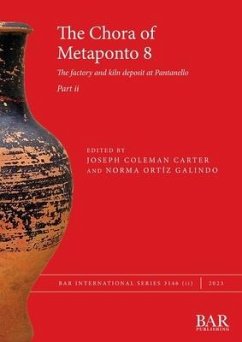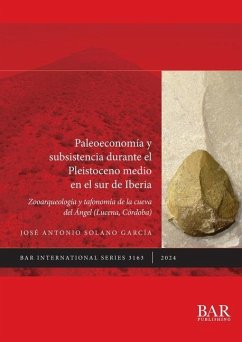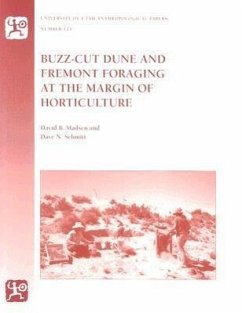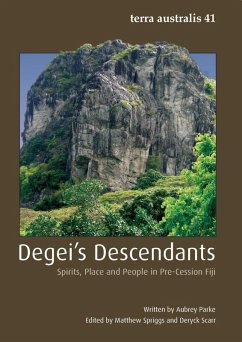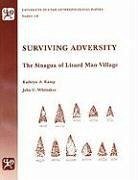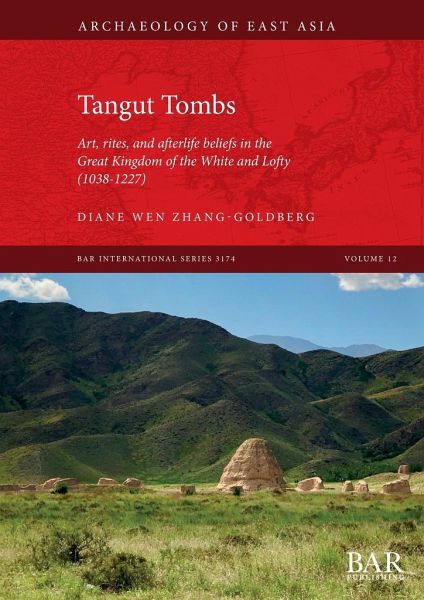
Tangut Tombs
Art, rites, and afterlife beliefs in the Great Kingdom of the White and Lofty (1038-1227)
Versandkostenfrei!
Versandfertig in über 4 Wochen
99,99 €
inkl. MwSt.

PAYBACK Punkte
50 °P sammeln!
Beyond being the first extensive work on Tangut funerary culture outside of China, this monograph offers insights into the Mi-Nia (Tangut), a Central Asian people that are little known in the West despite the splendour of their imperial cemetery near Yinchuan and quality of their paintings in the Dunhuang Caves. In addition to a comprehensive survey of Tangut tombs, the research also investigates written documents and iconography, leading to new interpretations of archaeological data. The analysis highlights the diversity of funerary practices, providing an understanding into the multi-dimensi...
Beyond being the first extensive work on Tangut funerary culture outside of China, this monograph offers insights into the Mi-Nia (Tangut), a Central Asian people that are little known in the West despite the splendour of their imperial cemetery near Yinchuan and quality of their paintings in the Dunhuang Caves. In addition to a comprehensive survey of Tangut tombs, the research also investigates written documents and iconography, leading to new interpretations of archaeological data. The analysis highlights the diversity of funerary practices, providing an understanding into the multi-dimensional processes that explain striking and intriguing singularities of Tangut funerary culture. A comparison between Tangut funerary remains and those from neighbouring peoples (Chinese, Khitan, Jurchen) demonstrates the originality of the Tangut, indicating the architectural individualisation of some tombs and offering anthropological considerations on the beliefs and hopes of the deceased. Work published with the assistance of the Flora Blanchon Foundation of the Académie des Inscriptions et Belles-Lettres.





